EXCLUSIVE REPORT
Patients in Australia’s public hospitals have been left lying in their own filth for days, and given the wrong medications as dirty bedpans and used towels pile up in the bathrooms.
Those in hospital during last year’s Covid-19 outbreaks have said the scenes were as bad, if not worse, than the neglect that happened in nursing homes with some patients left to starve because they couldn’t feed themselves.
Nurses working double shifts were collapsing in tears strung out by the fact there were not enough staff to provide not just professional level care, but any care to patients.
The shocking eye witness accounts of how our underfunded public hospitals are failing to cope are borne out by new data showing half the emergency patients requiring immediate treatment don’t get it on time at some public hospitals.
In others nearly seven in 10 patients are waiting longer than clinically recommended for elective surgeries like hip and knee replacements.
The hospital horror stories have been reported to the Australian Medical Association (AMA) which is campaigning to win more funding for public hospitals at this year’s election.
The AMA will today launch a Clear the Hospital Logjam campaign with an online ‘Hospital Logjam Finder’ alongside a call for voters to lobby their MPs on public hospitals.
The ‘hospital logjam finder’ invites voters to discover how their local hospitals are coping and they are being asked to email their MPs, seeking a commitment to act for more funding to help our hospitals, if elected.

Using the latest hospital data from the Australian Institute of Health and Welfare (AIHW), the logjam finder ranks hospital performance on Emergency Department (ED) response times and whether essential (elective) surgery was carried out in the recommended time frame.
Voters enter their postcode into the logjam finder and see their local hospitals rated with a traffic light system, indicating the percentage of patients which received care within the clinically recommended time.
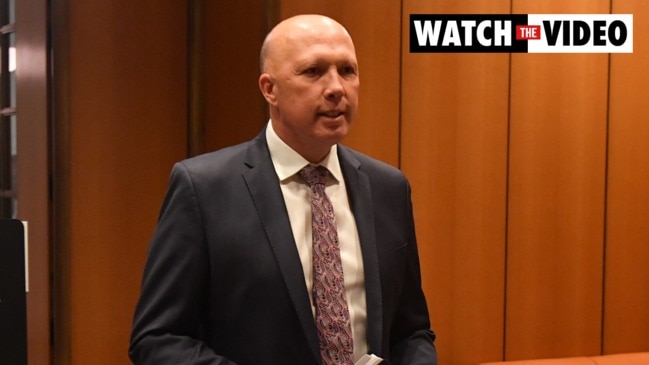
The online tool shows:
In NSW, Nepean Hospital is one of the worst performers with just 49 per cent of ED patients who need treatment within ten minutes getting it in that time frame. Fewer than half those who need urgent ED care (within 30 minutes) get it on time and a third of its elective surgery patients are not treated on time.
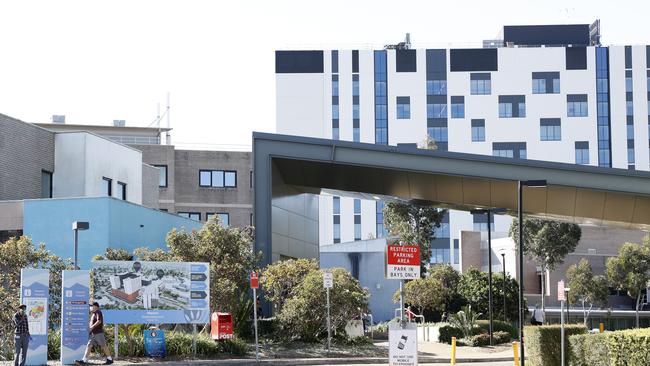
In Victoria at Royal Melbourne Hospital, just 54 per cent of ED patients who require attention within 10 minutes receive it on time and one in four people who need care within 30 minutes are not treated on time. Only half those who require elective surgery within 90 days receive it on time and a third of those who need non-urgent elective surgery are waiting over 12 months.
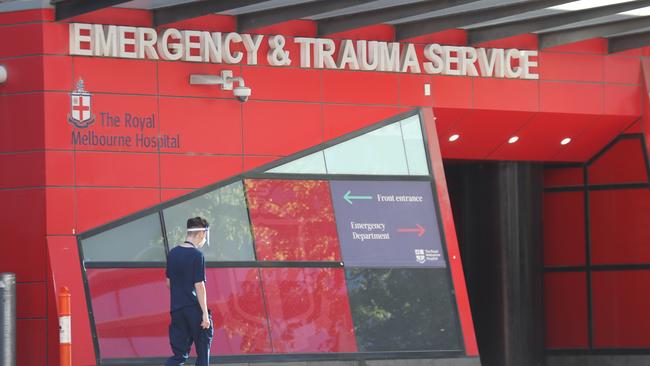
In Queensland at Prince Charles Hospital in Brisbane, a third of the ED patients who need care within 10 minutes don’t get it, more than half those who need treatment within 30 minutes don’t get it. However, more than 95 per cent of elective surgery patients are treated on time.

In South Australia at Royal Adelaide Hospital, only half the ED patients who need help immediately receive it and a shocking 58 per cent who need help within 30 minutes aren’t treated on time. Elective surgery rates at the hospital are among the lowest in the country with just 33 per cent of people who need surgery within 90 days receiving it on time and two thirds of patients who need non-urgent surgery are waiting over a year.
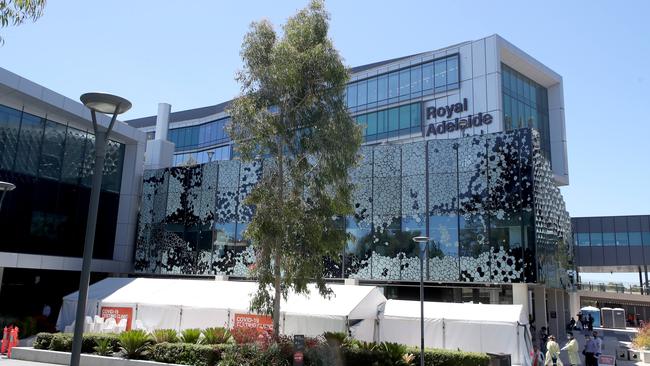
“I think Australians will be shocked when they use the logjam finder and see the pressure their local hospitals are under,” AMA president Dr Omar Khorshid said.
“We’re asking voters to tell their MP it’s not good enough and they need to act to fix the hospital funding crisis, so our hospitals are future-proofed for the care and world-class performance Australians expect.
“We’re asking the federal government to increase its share of hospital funding from 45 to 50 per cent, and to remove the annual cap on activity,” he said.
“For their part, the states and territories need to commit to improve hospital performance by reinvesting that extra five per cent,” he said.
You can check on your local hospitals and report your own hospital horror stories at this website: Clear The Hospital Logjam
‘IT DIDN’T FEEL SAFE, IT WAS SMELLY … EMBARRASSING’
Reva Blowfield was given another patient’s medication, was refused vital treatment and spent days in a dirty hospital bed contaminated with spillage from a bag that collected her stomach waste.
The wily 80-year-old who suffers from cystic fibrosis, a condition that causes her lungs and other organs to become clogged with thick sticky mucus, was admitted to The Alfred Hospital in Melbourne four times last year.
At one stage she collapsed because, despite her pleas, nursing staff who didn’t normally work at the hospital refused to give her the potassium pills and prednisolone she requires to prevent potassium deficiency and adrenal failure.
This resulted in a code blue situation (when a patient needs immediate medical intervention or resuscitation).
“It didn’t really feel safe. They just treated me like an old dear who didn’t know what I was talking about, and wouldn’t listen to me and that was mentally quite traumatic,” Mrs Blowfield said.
“Lying in the mess (from her stomach bag) was less traumatic really. It was very embarrassing. I hated it because it was smelly and I felt dirty but that attitude really upset me,” she said.
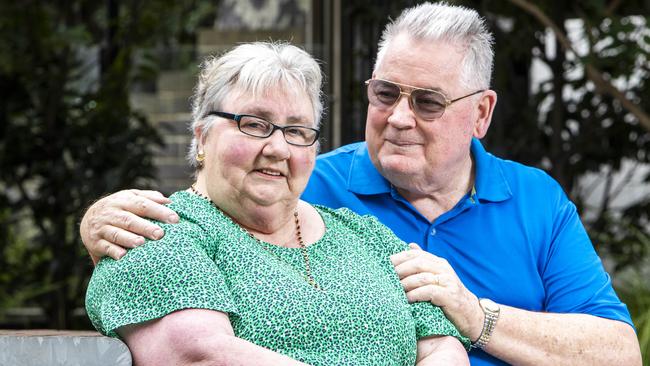
Mrs Blowfield revealed unclean toilets, bed pans left uncleaned on the bathroom floors, also wet towels on those floors, long delays in responding to ‘nurse calls’ and nurses being expected to look after too many patients.
“Some of these poor people couldn’t even feed themselves and they just went without food,” she said.
“I saw one poor man lying half in bed and half out of bed, and no one came to help him,” she said.
There were not enough nurses, many were working double shifts and they kept breaking down in tears from exhaustion and because they felt they could not do their job properly, she said.
At the peak of Covid-19 admissions, seven covidwards were established at The Alfred, and the ICU expanded to become the largest in Australia.
A spokesperson for Alfred Health said they had met Mrs Blowfield in person to discuss her concerns after she lodged a written complaint.
“At the height of the pandemic, staff were furloughed and demand for Covid beds created substantial challenges across the whole of healthcare.
“Individual issues where the standard of care fell below our expectations have been addressed directly with the staff involved, and we have apologised to Mrs Blowfield for those occasions.
The hospital had now returned to more normal ward and staffing configuration and this had as resolved many of the issues, the spokesperson said.
MORE PATIENTS’ LOGJAM HORROR STORIES
Waiting for elective surgery – QLD
“My daughter has scoliosis and suffers a lot of pain on a daily basis. She can’t walk for more than 15 mins without being in pain! She should’ve had an operation within 90 days of diagnosis. She’s now been waiting 11 months. We finally got a pre-op appointment and was told the surgery will most likely be the week after. My daughter spent” the next few days building up the courage to go through with it, to be told it was cancelled due to Covid and that they are hopeful for the week after, only then to be told it’s been cancelled again. Meanwhile my poor daughter’s life is on hold and painful.”
Ramped outside ED – QLD
“Because there were no beds in the Emergency Department, I was placed in a hallway next to the ambulance entry doors, which mean the lights were on all night and staff were continuously moving around me. There was no privacy.”
ED waiting – SA
“At 21 weeks pregnant I was sent to the hospital for a suspected pulmonary embolism and to investigate a heart murmur. We waited 7.5 hours overnight in the emergency department waiting room before we were seen.”
Waiting for elective surgery – SA
“A few years ago, I tore the cartilage in my knee. The specialist I was referred to recommend that it be repaired within 3 to 6 weeks. It took four and a bit long painful years and significant weight gain, as well as a drastic decline in my diabetes control due to not being able to exercise effectively enough to control my weight.”
Waiting for outpatient appointment (hidden waiting list)
“I have been waiting for more than two years for an outpatient appointment, to get put onto an elective surgery waiting list for heart surgery”
Waiting for elective surgery – QLD
“I have moderate to severe arthritis in my shoulder and have been told by two orthopaedic surgeons and a sports doctor that I need a joint replacement. I have been waiting 12 months so far and fully expect to wait at least another year. During that time the use of my right (dominant) arm has become increasingly limited, and I can no longer put on my shoes and socks. I’m worried that by the time I get seen I will not have any use at all.”
Waiting for bed in aged care – NSW
Story submitted by a doctor.
“I work in a rural hospital that is logjam due to a lack of local nursing home beds. Of our 40 patients, around 27 are awaiting a bed at a nursing home and have been for many weeks. Most local nursing homes are no longer adding names to their waiting lists. Ambulances will often divert their patients to another hospital because they know that they will otherwise be ramped outside for hours. We recently spent money on a new hospital building, but no funding was allocated to increasing bed numbers of recruit additional staff.”
ED waiting – NSW
“My 15-year-old son attempted suicide and we spent over 24 hours in emergency overnight. There were no beds for him anywhere and so I was forced to take him home. He was on suicide watch for 24 hours before we could see the youth and family team.
During our stay overnight in the Emergency Department I sat on a chair with no arms I was offered no tea, coffee or water. “
ED waiting- VIC
“My mother was frequently admitted to hospital for acute respiratory infections that were life threatening. Waiting times in the emergency department, even when brought in via ambulance on a good day or night, were a minimum of 5 hours and a maximum of 22 hours before a doctor was able to review her. On one occasion we opted to use a private hospital to avoid the lengthy emergency waits despite not having private health insurance. It was costly but, the risk of her dying while waiting in emergency was not a risk we were prepared to take.”
ED waiting – WA
Story submitted by a doctor
“The waiting time for surgery for patients who are injured, but not critical, averages more than two days in my hospital. It has become so routine that I tell my patients this at the door to save their frustration.”

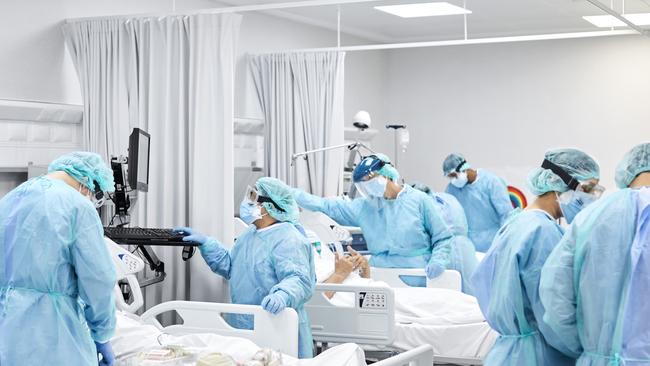
‘Bad tax’: Big call on stamp duty
The federal housing minister is signalling a major change that could affect millions of property owners.
Big business weighs in on housing crisis
A powerful business lobby is calling for major reforms to fix the country’s housing crisis.